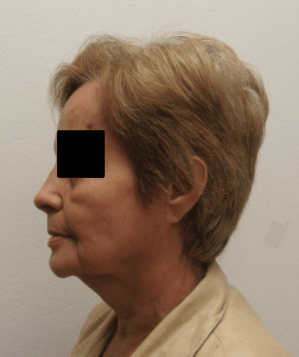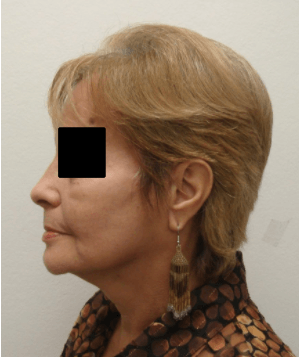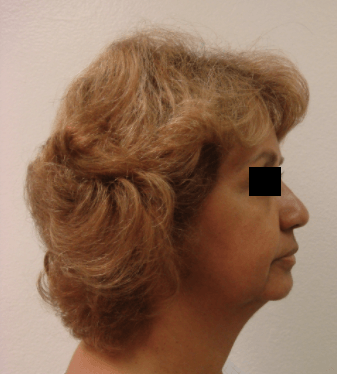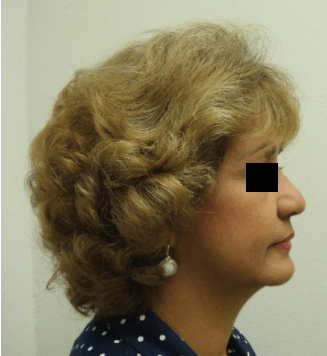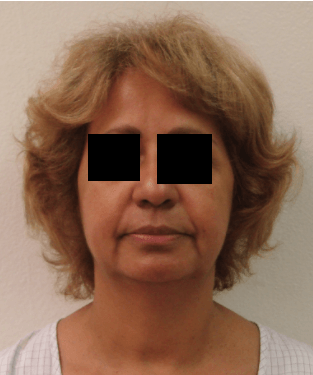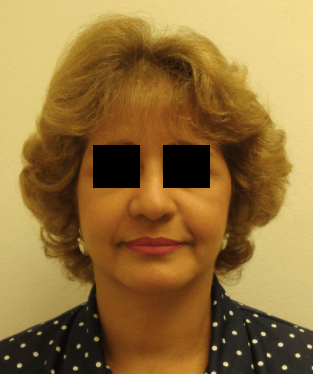Rhytidectomy in Lutz, FL
Restore and rejuvenate the youthful appearance of your face and neck!
A rhytidectomy, also known as facelift, is the “gold standard” procedure for correcting the generalized skin laxity and redundancy in the lower third of the face.
The goal of a facelift is to restore and rejuvenate the youthful appearance of the face and neck that has been lost due to the normal aging process.
In some patients, a facelift is the answer to all of their facial aging concerns, but the reality is that almost all patients that are looking for a complete facial rejuvenation will need simultaneous facial cosmetic procedures such as forehead and eyebrow lift, midface lifts, fillers, facial implants, microneedling and/or laser resurfacing to provide them with the balanced and esthetic appearance they are looking for.
The facelift is by far the most invasive facial cosmetic surgery. It involves a generous incision that runs from the sideburn, anterior aspect of the ear and then continue behind the ear to finish in the patient’s hairline. These incisions are necessary to create the flaps to reposition the skin and fat compartments in a more superior and posterior position. The placement of the incisions in these areas allow me to hide the scars and make them unnoticeable.
The facelift is the cosmetic procedure that creates the most drastic changes in the patient’s face and these changes normally last around ten years. With non-invasive facial cosmetic procedures and microneedling and radio-frequency therapy, the tone and quality of the skin can be maintained for a longer period of time.
This surgery is performed under general anesthesia or IV sedation, based on the doctors preference, patient’s medical conditions and also the need of any other facial cosmetic procedures along with the facelift.
The initial recovery time is about two weeks, however, the patient will need more time to be fully recovered, normally two to four more weeks. This is really important to have in consideration at the time of scheduling your surgery, especially if you are planning to have this surgery close to a big event.
Some patients ask me: “Do I need a facelift?” Well, if you are asking me, you might need one.

